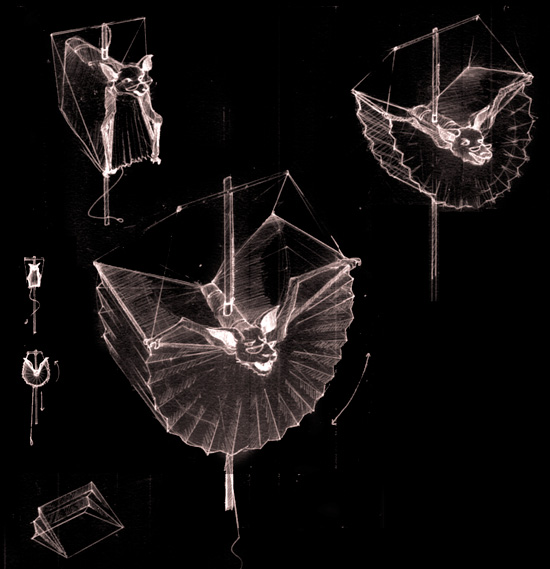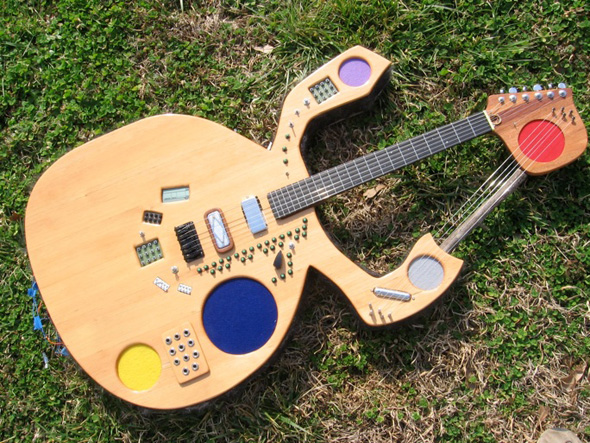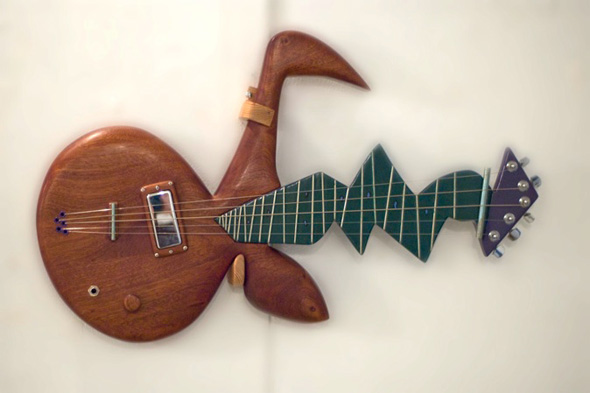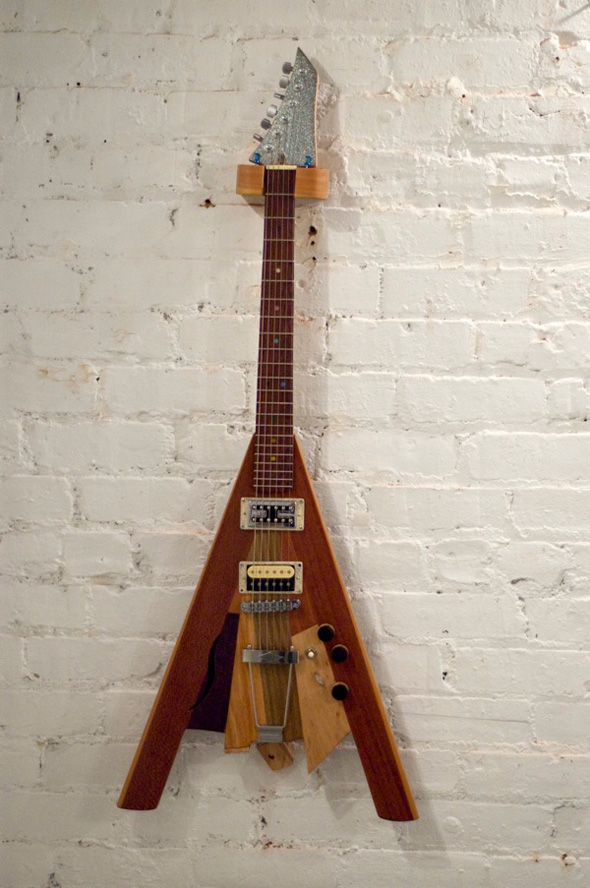Live Schedule for Core 77's 2012 Design Awards Announced
 Jun 6, 2012 Tweet
Jun 6, 2012 Tweet 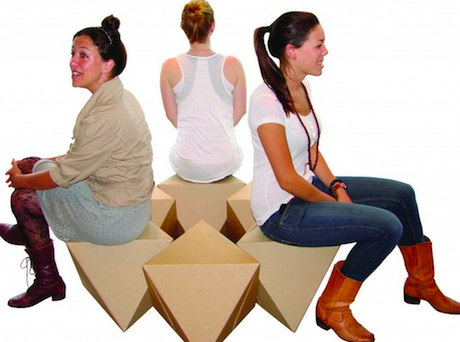 One of 2011's Winners: Thomas Hurd's Renewable Polytope FurnitureRemember when we implored you to summon your inner design genius and enter Core 77's 2012 Design Awards? We're assuming you heeded our words, submitted your brilliant concepts and are already on the path to glory.
One of 2011's Winners: Thomas Hurd's Renewable Polytope FurnitureRemember when we implored you to summon your inner design genius and enter Core 77's 2012 Design Awards? We're assuming you heeded our words, submitted your brilliant concepts and are already on the path to glory.
Either way, the Design Awards roll on--and Core 77's 2nd annual award show is shaping up to be a wildly ambitious, transcontinental event. Kicking off July 8th and running the course of nine days, winners will be announced via live broadcast from panels of jurors seated across the globe. With seventeen design categories, running the gamut from Transportation to Social Impact to Food Design, inspiration seems extractable for just about anyone watching.
In no way will we try and replicate the entire schedule, so head here now and make sure you've got that thing bookmarked. However, we will tell you that New York has not one but two jury panels this year--Manhattan repping on July 9th and Brooklyn on July 14th.
Meanwhile, we've assembled a handful of some of our favorite winners from 2011 (check the captions for what it is you're looking at.) If these are any indicator of what may transpire at this year's awards, our world is simply poised to be a better place.
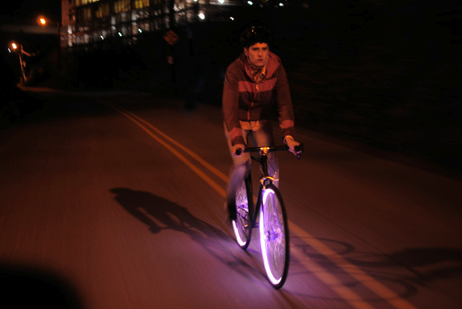 Ethan Frier & Jonathan Ota's "Project Aura": For safer night-time urban biking
Ethan Frier & Jonathan Ota's "Project Aura": For safer night-time urban biking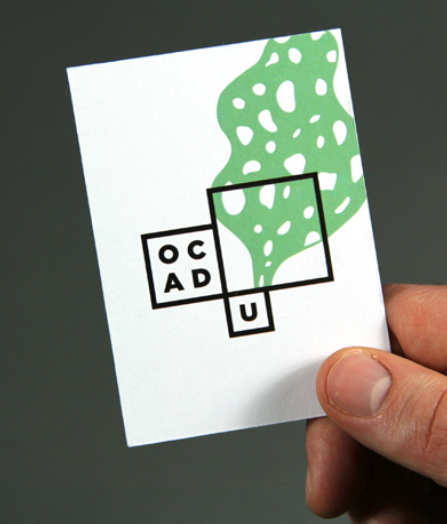 Bruce Mau's Identity Branding for OCAD University
Bruce Mau's Identity Branding for OCAD University PUMA's Recyclable Cardboard Bag & Box Combo, "Clever Little Bag"
PUMA's Recyclable Cardboard Bag & Box Combo, "Clever Little Bag" Motonium Design's "Mission R" Fuel Efficient, Electric Street Racing Bike
Motonium Design's "Mission R" Fuel Efficient, Electric Street Racing Bike Bespoke Fairings: Specialized Prosthetic Coverings
Bespoke Fairings: Specialized Prosthetic Coverings Adam Harvey's "CV Dazzle" Digital Camouflage (For all your digital privacy needs)
Adam Harvey's "CV Dazzle" Digital Camouflage (For all your digital privacy needs)
 Email tagged
Email tagged  Core 77 Design Awards,
Core 77 Design Awards,  Maker,
Maker,  engineering,
engineering,  graphic design
graphic design 
